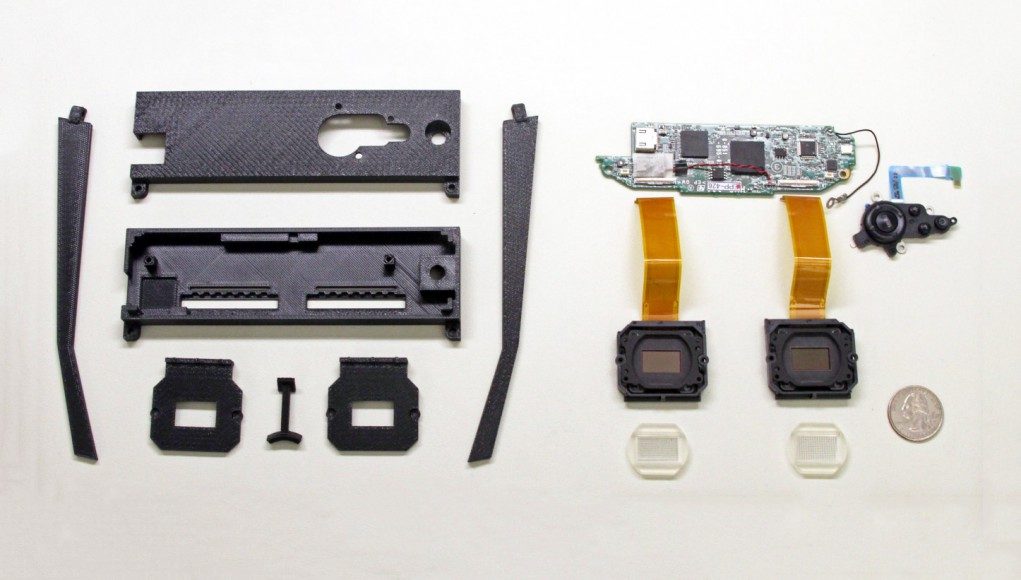At GTC 2016 next week, NVIDIA Research will take to the stage to explore “computational display” prototypes for next-generation fidelity and form-factors in VR and AR headsets.
David Luebke, NVIDIA’s Vice President of Graphics Research, at GTC 2016 next week will be exploring the complex optical, display, and form factor challenges faced by VR and AR headsets today, as well as ways to overcome them. Leubke will discuss what he calls “computational display” prototypes, which co-designs the entire pipeline of rendering, display, and optics to achieve high resolution, wide field of view, and small form-factor devices.
S6738 – Computational Displays for Virtual and Augmented Reality
We’ll describe work by NVIDIA Research and our partners on challenges common to all wearable VR and AR displays:(1) FOCUS: how to put a display as close to the eye as a pair of eyeglasses, where we cannot bring it into focus? (2) FIELD OF VIEW: how to fill the user’s entire vision with displayed content? (3) RESOLUTION: how to fill that wide field of view with enough pixels? A “brute force” display would require 10,000×8,000 pixels per eye! (4) BULK: displays should be vanishingly unobtrusive, as light and forgettable as a pair of sunglasses, but the laws of optics dictate that most VR displays today are bulky boxes bigger than ski goggles. I will discuss several “computational display” prototypes which sidestep these challenges by co-designing the optics, display, and rendering algorithm.
The session will be held on April 5th at 3:00pm PT, the second day of GTC.
Hosted in San Jose, CA, from April 4-7, GTC 2016 is all about GPU computing. And this year, the company is making virtual reality a top topic of the event, with a dedicated VR track featuring 45 talks and sessions from speakers across the industry.
Register for GTC 2016
Save $300 with code VRRDNL through April 2nd
This is of course not the first time NVIDIA has been involved in explorations of the future of AR & VR tech. Back in 2013, Leubke and another NVIDIA researcher published their findings on a near-eye wearable light field display which “allows for dramatically thinner and lighter head-mounted displays capable of depicting accurate accommodation, convergence, and binocular-disparity depth cues,” according to the abstract. Last year we saw the Light Field Stereoscope which the Research group continued to work on with creator Fu-Chung.
Road to VR is a proud media partner of GTC 2016.







